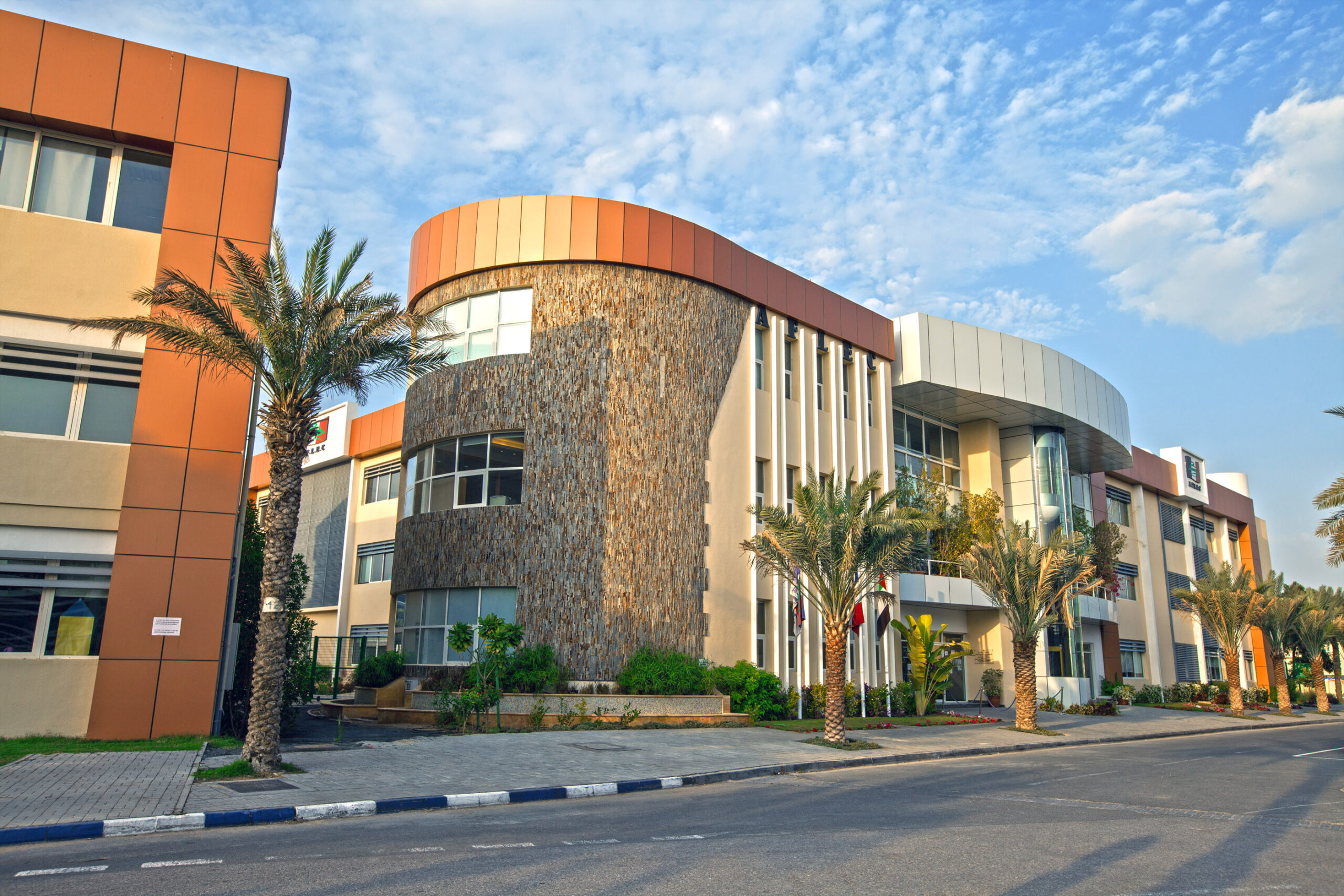Last Updated on March 23, 2023 by softtech

Organization: Al Hikma
Industry: Infrastructure development and contracting
Construction Services: Engaged in planning, designing, construction, and maintenance of Government assets in the field of built environment and infrastructure development
Client Information: Al Hikma is an infrastructure development and contracting company having offices in Dubai, Sharjah, and Abudhabi. They are pioneers in building warehouses and execute turnkey projects for building warehouses for JAFZA, Engineers’ Office of Dubai, and similar companies The company is organized into departments such as Tendering, Project tracking Office (Cost Estimation, Subcontracting, and Planning), Engineering Office, Procurement and Warehousing, Finance and Administration. The company had already developed a set of standard operating procedures (SOPs) incorporating some of the global best practices.
Modules Implemented: Following modules are implemented: Tender Bid Management, Project Cost Estimation, Project Scheduling, Project Monitoring & Control, Subcontractor Management, Client Billing, Procurement, Inventory, Financial Accounting, Payroll
Objective: Al Hikma had already developed a set of standard operating procedures (SOPs) incorporating some of the global best practices. The intent was to enable these processes through a suitable ERP application and integrate all its functions. Many solutions were evaluated but OPTICON™ was chosen for its robust architecture and the tight integration of modules especially those related to Engineering processes.
Project Description: OPTICON™ – Construction ERP Solution is been implemented at their Head Office and will be accessed by Corporate Office, All Project Sites, Yards, and Central Warehouse. The Users can access the system online using a VPN connection.
Issue and Challenges: There were difficulties in the Engineering rate analysis master and resource master. The rate analysis master faced difficulties as different practices were followed by Project Tracking Office and the Tendering department, which led to differences between estimated and actual costs. This resulted in the reengineering of the Estimation process, so that the company through careful analysis of project-wise data evolved its rate analysis standards, making the same common point of reference for all concerned departments. Item list data was also reorganized before the Procurement and warehousing module went into production.
Validation of purchase orders by the Finance department became easier since they could not readily refer to recent POs for the same item across suppliers, thus eradicating any subjectivity in the approvals process. OPTICON™ provided an online view of POs before approval. This significantly reduced chances of errors due to omission or commission.
Due to tight integration between material receipts at the site/central warehouse and immediate update in the system, invoices by suppliers could readily be verified against inward receipts, and payments were certified accordingly, thereby reducing the lead time from more than 20 days to less than 3 days apart from the avoidance of misplacement of documents.
Before implementing OPTICON™ there were several instances of unaccounted material which was done away with due to the tight integration between Procurement and Inventory modules a process discipline that the package enforced. To determine the profitability of a particular site, it is critical to have full knowledge and control of expenses incurred on material, machinery, and consumables. Before OPTICON™ there was no streamlined process and was done more on an ad-hoc basis. With the introduction of OPTICON™, Site material request/issues and stock transfer processes were established which resulted in better control and usage of materials at the site. Delays in Purchase Order approval were commonplace due to the absence of signatories. This was done away with the introduction of e-signatures enabled by the system, which were subsequently validated by the approving authority. By putting standard items and rates into templates at the Tendering stage, the process of arriving at a Bill of quantities and Bill of items has been significantly streamlined. Completeness of the Bill of materials has also been enforced following the implementation of OPTICON™. Site-wise monthly salary calculation enabled the management to detect cost overruns due to unproductive payments. This alone led to a saving of USD, 18000 per month on a workforce of just 800 people.

